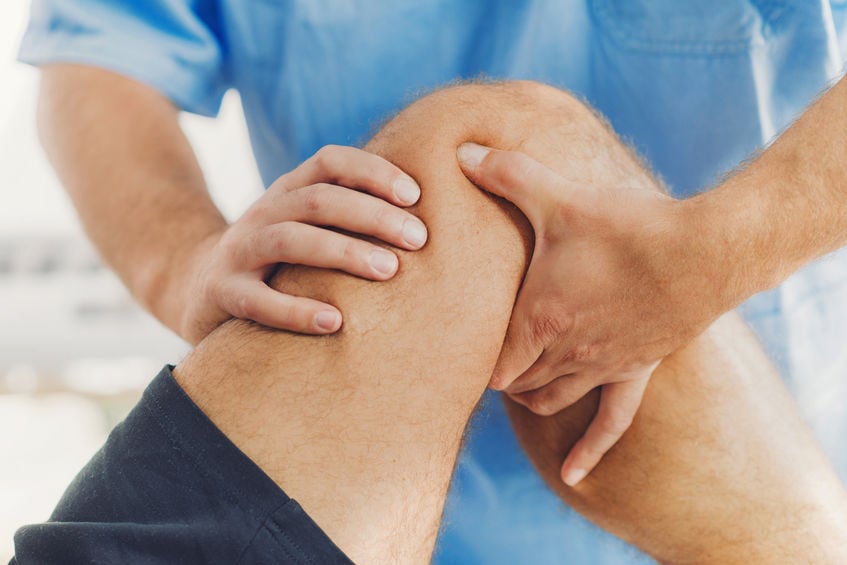Assessing A Twisted Knee
The meniscus is a cartilage located inside the knee between the lower leg bone and thigh bone. This cartilage serves as protection. A meniscus tear happens when there is a forceful twist or rotation of the knee joint. When the meniscus is torn, a person experiences severe pain and swelling. Understanding the symptoms of a meniscus tear can help individuals seek appropriate treatment.
Do I have a meniscus tear?
Sports injuries are common, and many athletic injuries have similar symptoms. The symptoms seen with a meniscus tear include extreme knee pain, swelling, and instability. A patient may also experience limping, a popping sound, knee locking, and inability to straighten or bend the knee. Every patient’s symptoms will vary. Since the symptoms are so generic, patients often have difficulty knowing if the meniscus is affected after a twist of the knee.
Getting the diagnosis right
The moment symptoms are experienced, seeking medical help is advisable. The healthcare provider will take a medical history and do a physical examination of the knee. The doctor may also order tests such as x-ray and magnetic resonance imaging (MRI) to determine the extent of the damage. Taken together, this information allows the doctor to provide an exact diagnosis.
Managing a tear
When the meniscus is torn, there are different options for managing the injury based on factors such as the severity of the tear, age, and medical history. The healthcare provider decides on proper treatment after a complete evaluation. Treatment options include the RICE protocol, anti-inflammatory medications, physical therapy (PT), and surgery. The RICE method includes resting the knee, ice application, compressing the injury, and elevating the knee.
When is surgery necessary?
Arthroscopic surgery to repair the torn meniscus is only required in some cases when the patient fails to respond to conservative treatments. The healthcare provider will explain the pre-op and post-op procedures in detail. Additionally, the risks and benefits of the surgery will be discussed. The surgery takes about 1 hour and is done under general anesthesia.
Minimizing future risks
There are some ways to prevent a meniscus tear. Regular exercises to strengthen the muscles can help. Using knee braces, protective equipment, and suitable footwear can also lessen the risk of getting a tear. When performing any sports activity, use proper techniques to avoid injuries. Since a torn meniscus can increase the risk for knee osteoarthritis later in life, prevention is essential.
The bottom line
Call the healthcare provider as soon as symptoms such as knee pain, swelling, and instability are experienced. Getting a quick diagnosis and treating the meniscus tear as quickly as possible is important. After complete treatment and healing, take precautions to avoid another tear.



